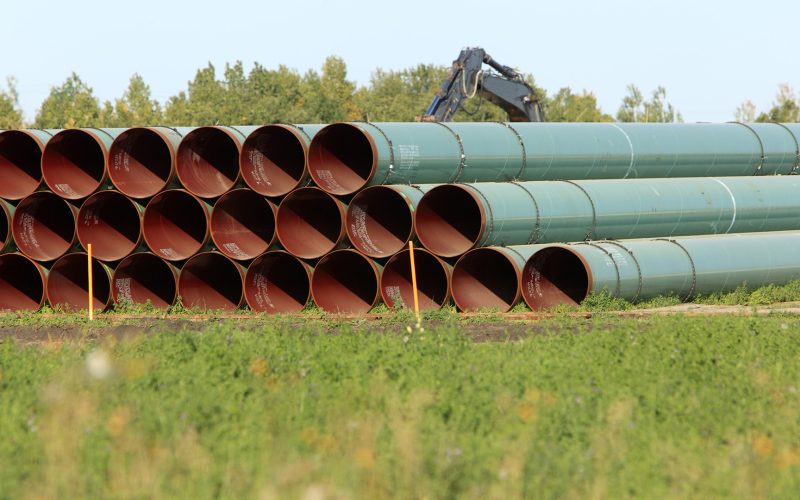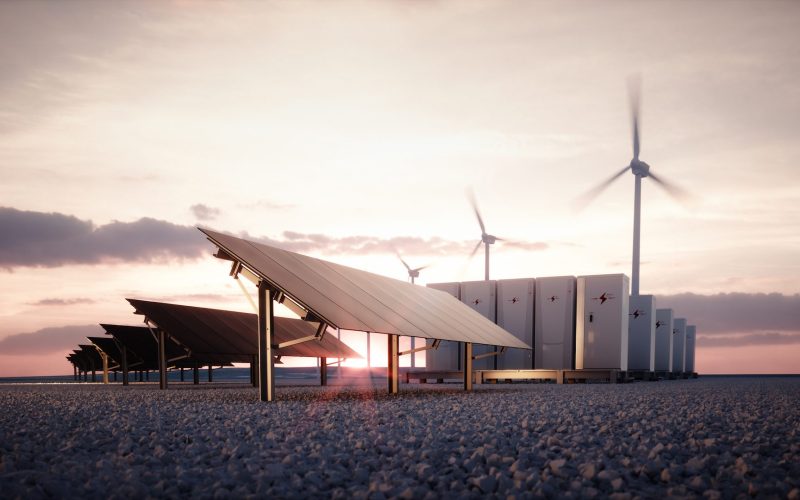THE VOICE FOR THE ENERGY CONSUMER

Washington, D.C. – The United States’ emergence as the world’s largest and most environmentally responsible producer of oil and natural gas is acting as a defense against the latest attempts.

Columbus, OH – Consumer Energy Alliance (CEA), the leading consumer energy advocate, released the following statement as the Illinois Commerce Commission (ICC) considers an expansion of the Dakota Access Pipeline.

Columbus, OH – Consumer Energy Alliance (CEA), the leading consumer energy advocate, released the following statement as the Illinois Commerce Commission (ICC) considers an expansion of the Dakota Access Pipeline.

Victoria Gonzales is the New Mexico Director for Consumer Energy Alliance. Victoria reiterates the importance of traditional fuels, like oil and gas, on New Mexico’s economy. “Oil and natural gas.

This week Alex Trebek updated us on his cancer diagnosis, Harvey Weinstein was moved to Riker’s Island jail after his hospital stay and Demi Lavato released her “I Love Me”.

Representative Alexandria Ocasio-Cortez and Senator Edward Markey sponsor the Green New Deal. While the deal has seen great support in the press, it comes at a cost to the American.

Louisville, KY – Consumer Energy Alliance (CEA), the leading consumer energy advocate, released the following statement after the Kentucky Senate voted (31 to 4) to approve HB-44, a critical pipeline.

David Holt, CEA President wants to remind us all that the U.S. is superseding the Paris Agreement guidelines. In fact, by 2025, we will be two-thirds of the way to.

Consumer Energy Alliance’s Brydon Ross takes a stand on red tape created by anti-energy activists in the Appalachian Trail area. “The idea that the 2,200-mile trail, under which more than.